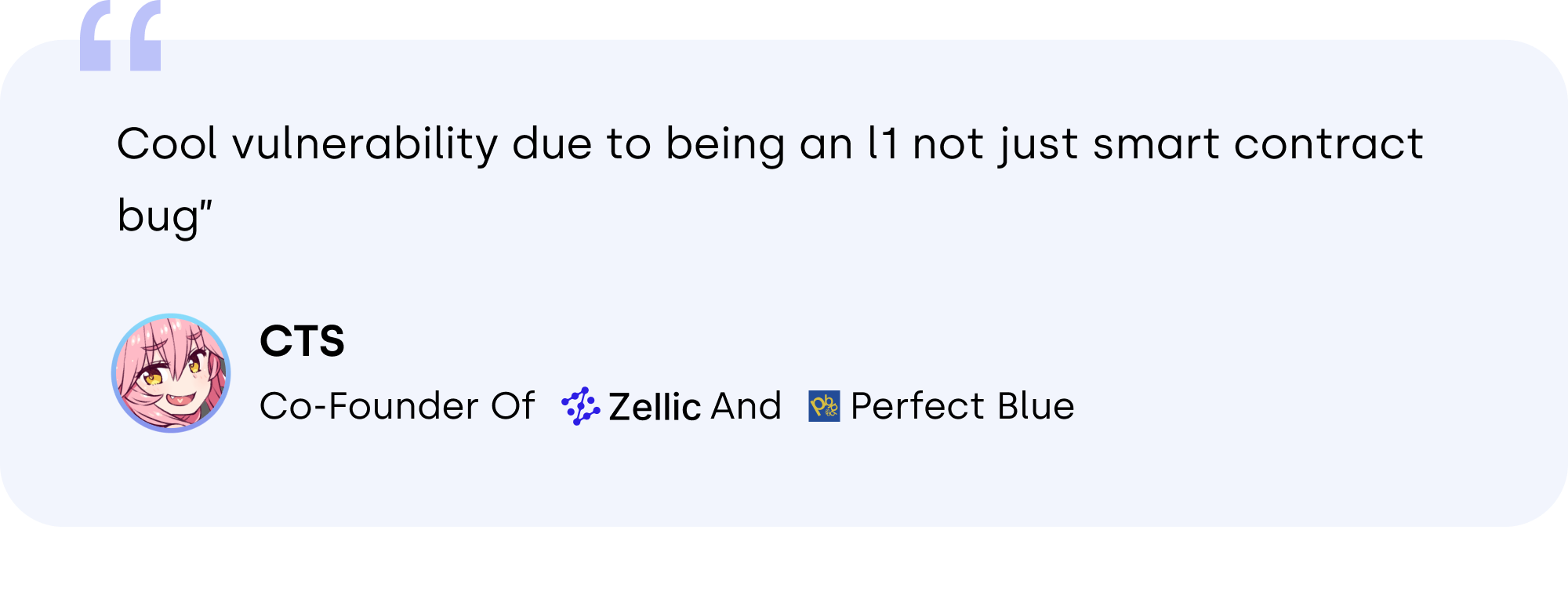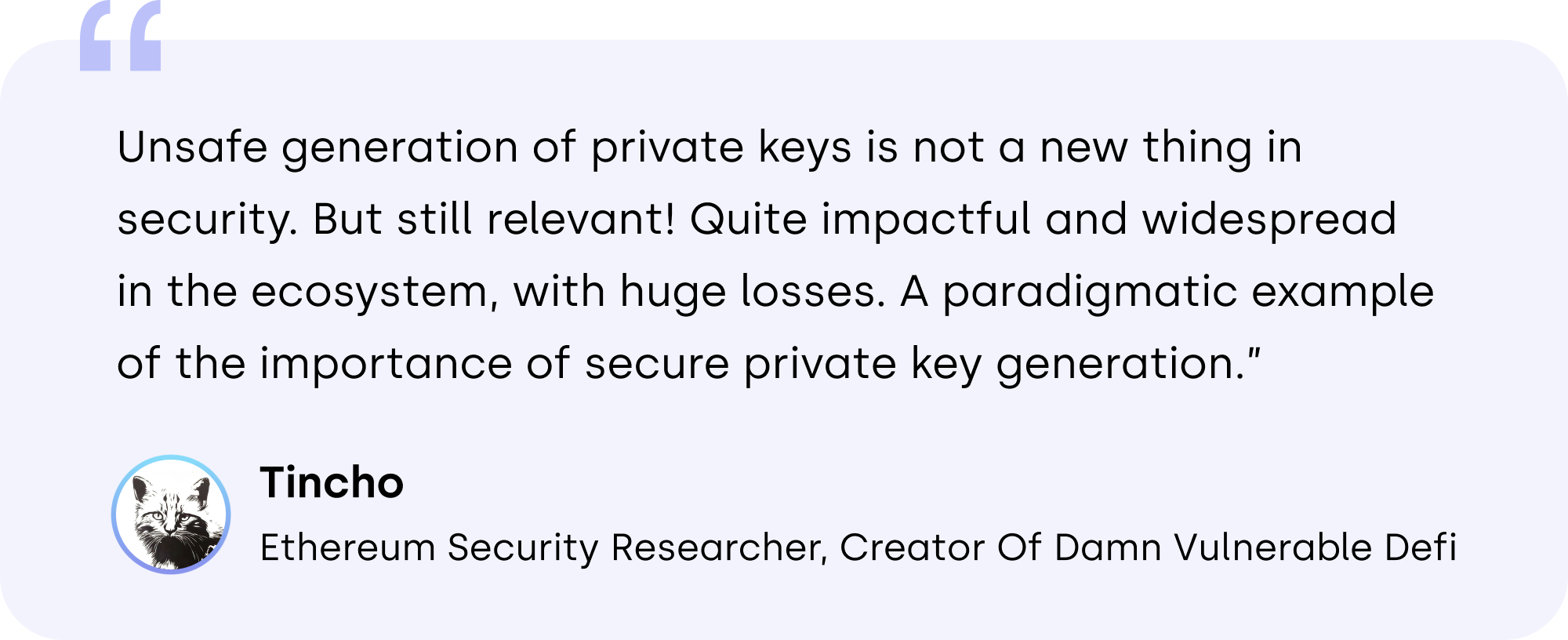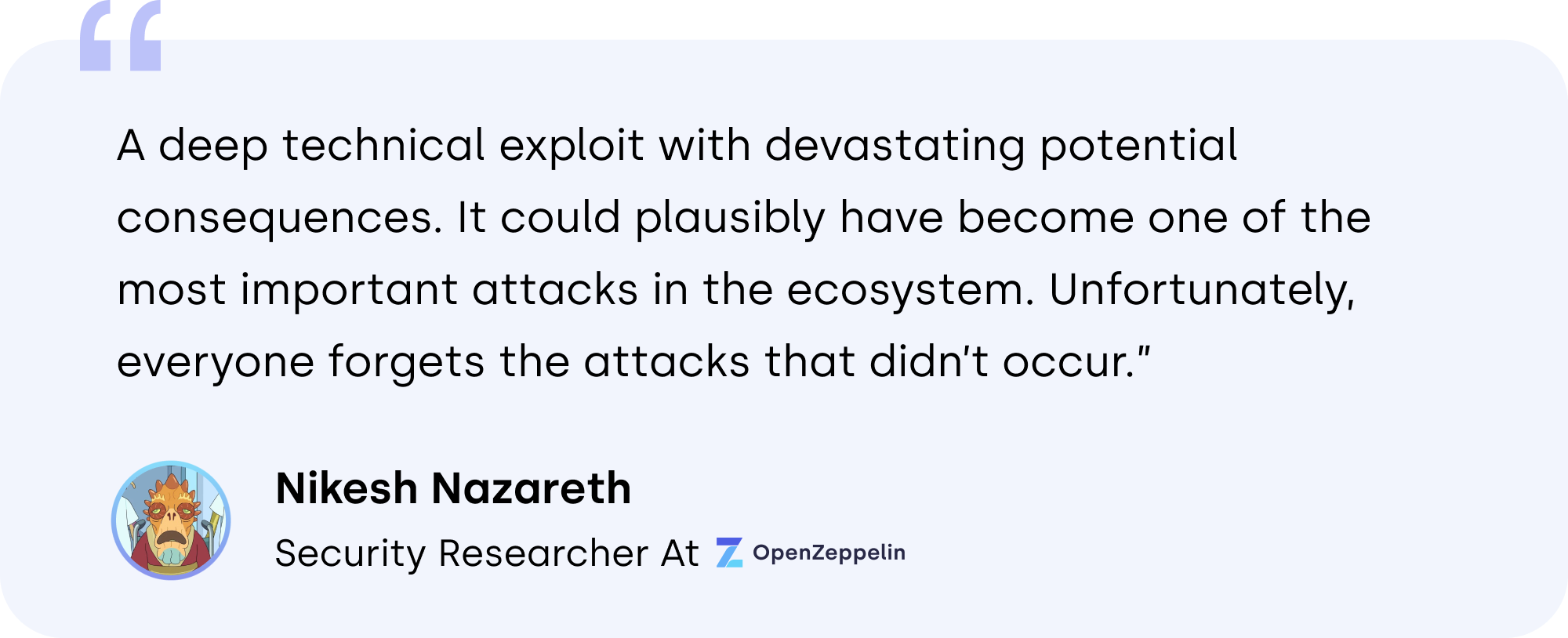Blockchain Hacking Techniques 2022
Top 10
More from OpenZeppelin
Defender Platform
OpenZeppelin’s secure smart contract automation platform. Ship web3 technology faster, safer, and with confidence using OpenZeppelin Defender.
Get started for free >
Security Audits
OpenZeppelin is the most trusted name in blockchain security. Industry leading security auditor, trusted by the top projects and communities across Web3.
Request a security audit >
Join the Team
OpenZeppelin is actively hiring. If you’ve had success breaking Solidity smart contracts professionally, this is an opportunity to level up your impact on meaningful projects in the space.
See our open positions >







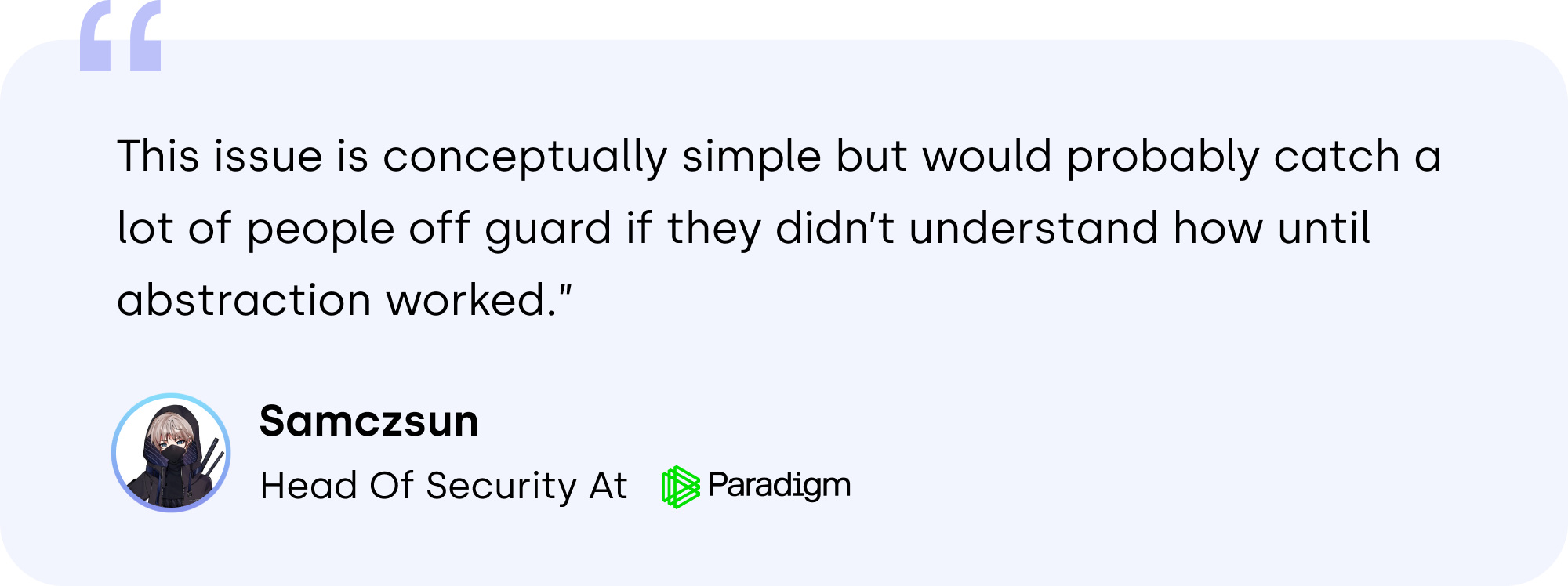
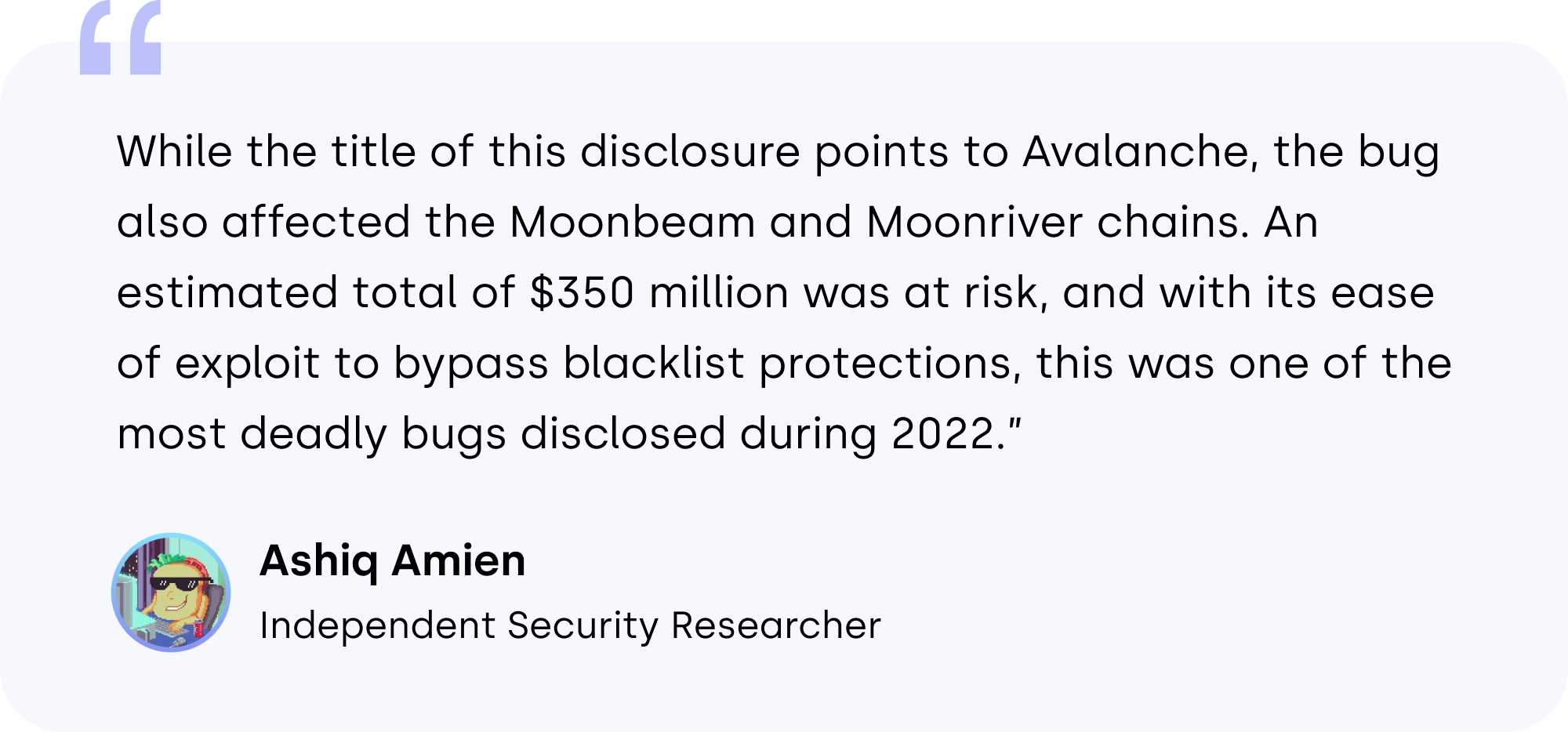
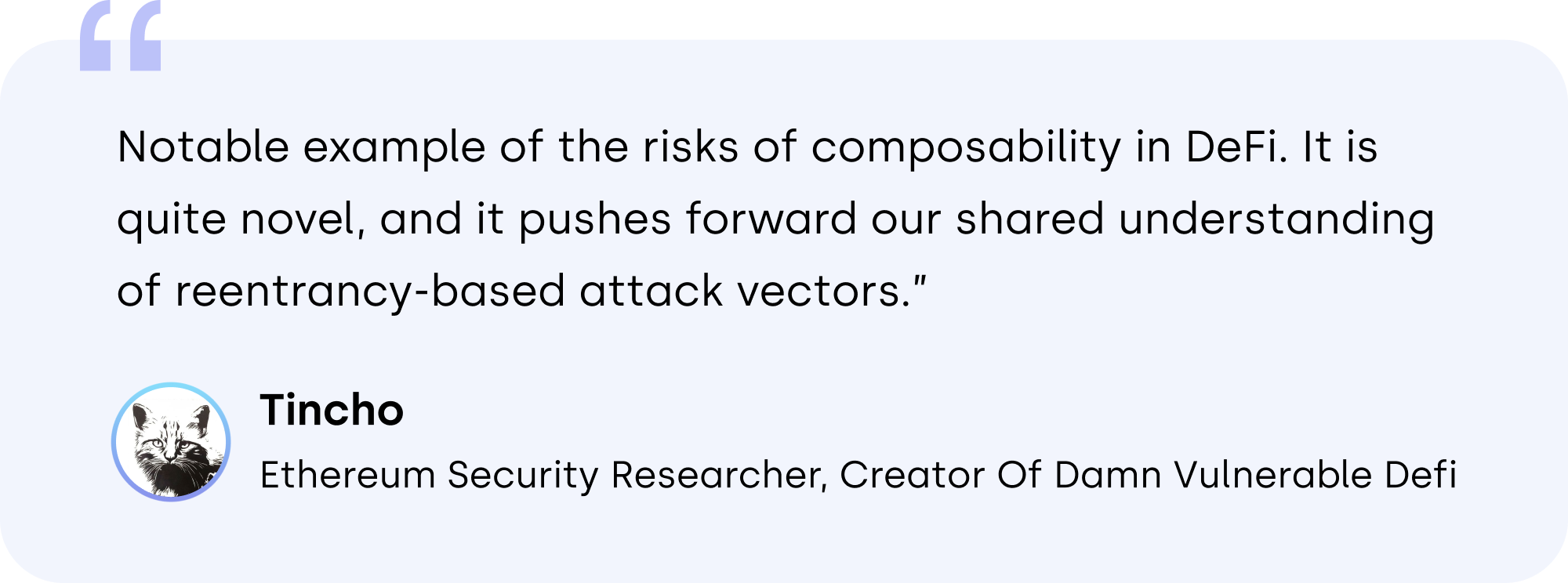
.png?width=2000&height=773&name=4%20(1).png)

